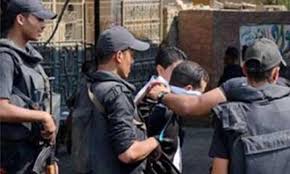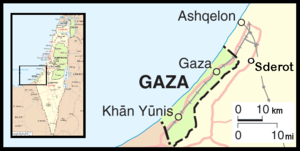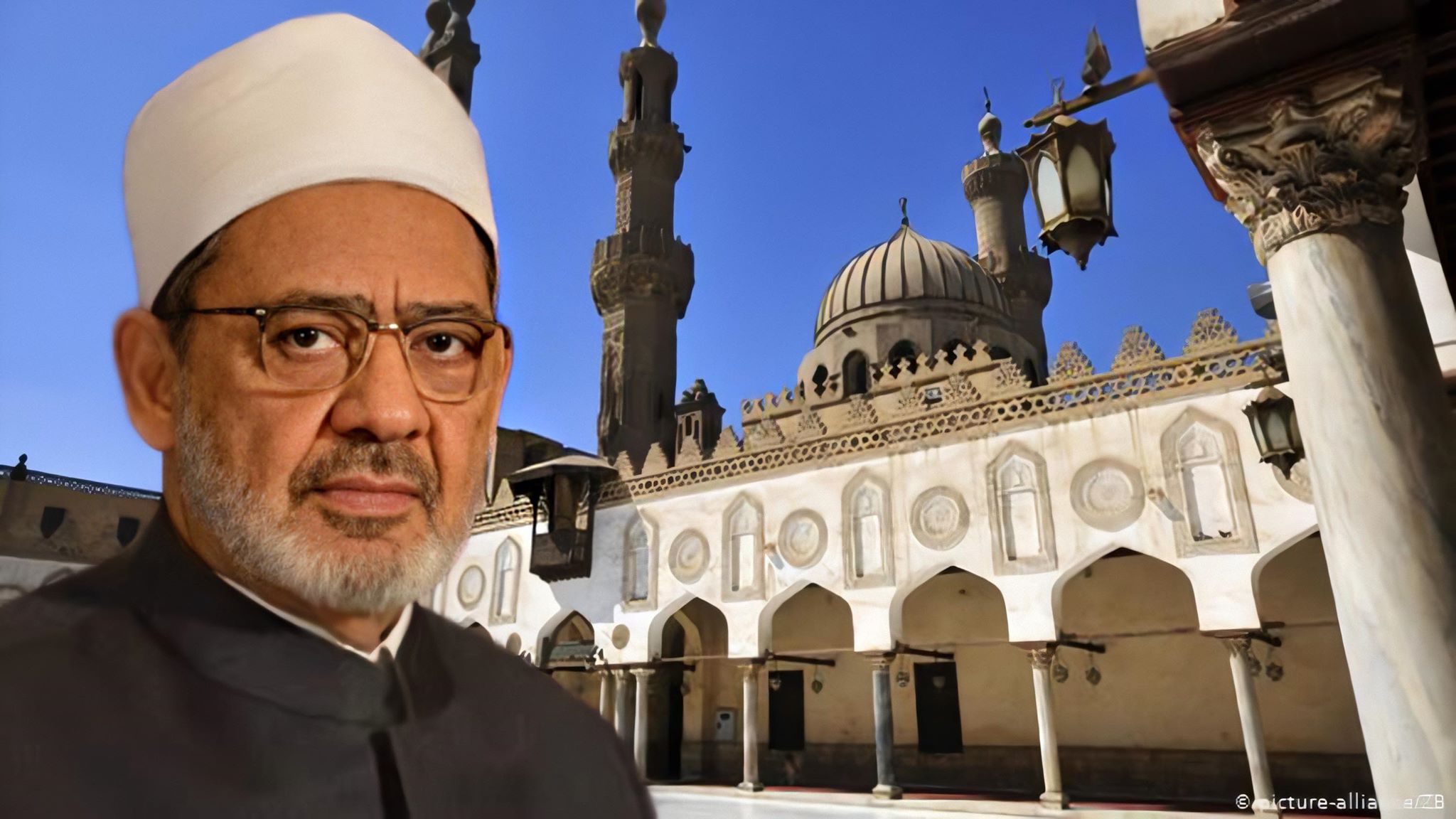Arab media and activists have taken an interest in the story of the Saudi citizen, Abdel Rahim al-Huwaiti, who was killed by Saudi security for refusing to be displaced from his home. But what is the relationship between his death and the Egyptian regime?
Al-Huwaiti said a few days before his death that he does not rule out the possibility that the Saudi regime would kill him and accuse him of possessing weapons, just as the Egyptian regime does with opponents. Days later, the Saudi authorities announced al-Huwaiti’s death, accusing him of terrorism and possession of weapons, just as he had predicted. Al-Huwaiti’s case was aggravated by the intention of the Saudi authorities to displace the people of the village of al-Khuraibah, in which al-Huwaiti lived, in order to use their land in the NEOM project supervised by the Saudi Crown Prince Mohammad bin Salman. Al-Huwaiti’s killing is reminiscent of the Egyptian regime’s history of extrajudicial killing and forced displacement.
During the past years, Egyptian authorities have forcibly displaced all families who live within three kilometres of the border with the Gaza Strip, in order to establish a buffer zone. The media released photos and videos of the homes being blown up along the border. Although the Egyptian regime talked about compensation and housing to accommodate those affected by the demolition of their homes in the Sinai, none of this happened, and the families of the affected people had to live in tents. Al-Huwaiti’s comments about being killed the Egyptian way showed that the Egyptian regime has become a symbol of extrajudicial killing and forced displacement.
Over the past few years, the Egyptian regime has expanded killing outside the law, claiming that the victims were killed in armed clashes and exchanges of gunfire. Human rights activists questioned many of these accounts, and video clips showing direct killings were leaked. In the videos, weapons were placed next to the dead bodies and photographed to create the impression the victims were terrorists and gunmen who were killed in armed clashes.
Observers say that Egypt has become a guide book of forced displacement and killing. Giulio Regeni was an Italian student who was killed in Egypt after he was kidnapped on January 25 2016 on the fifth anniversary of the January 25 revolution, and his mutilated body was found on February 3. After his murder his mother spoke about the regime’s violations against Egyptians as an example of what happened to her son. Regeni’s mother said that the Egyptian regime tortured her son to death, as if he was an Egyptian.
In a different incident, in January 2019, the French president denied that French security services suppressed and arrested protesters, and criticised some media outlets and accused them of trying to show France as if it were Egypt. Emmanuel Macron angrily said in response to these accusations: “France is not Egypt.”
Over the past few years, reference has been made repeatedly to Egypt as an example of murder and torture. Observers say that the Saudi authorities have applied the Egyptian model fully for al-Huwaiti’s killing, starting with his killing without a court ruling, the accusations that he was a terrorist in possession of weapons, and the mobilisation of the Saudi media to discredit him.
The Saudi media accused al-Huwaiti of receiving support from Qatar and Turkey, and that evidence of this is the weapons Saudi security allegedly found in his home. These accusations are completely identical to what the Egyptian media says every time about murdered opponents. This provoked Egyptian opponents to say that the Egyptian regime has become an inspiration to all tyrants in the region, and perhaps in the world.





Recent Comments